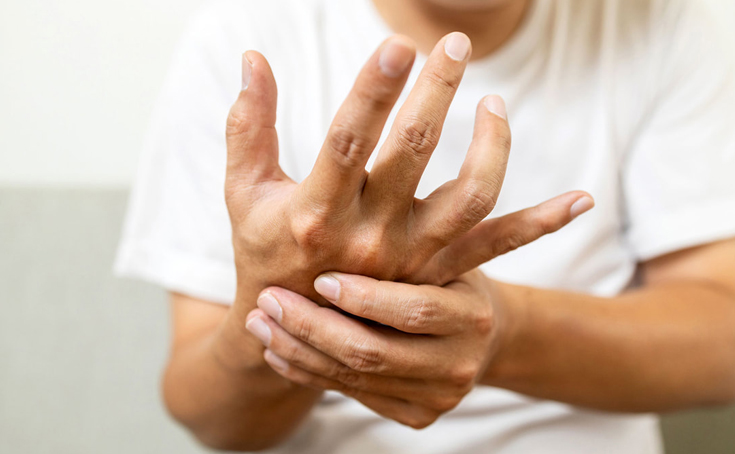
Movement Disorder (Parkinsons disease)
Parkinson's disease (PD) is a progressive neurological movement disorder that primarily affects motor skills, leading to tremors, stiffness, and difficulty with balance and coordination. It occurs due to the degeneration of dopamine-producing neurons in the substantia nigra, a region of the brain that controls movement. Dopamine is crucial for smooth, controlled motor activity, and its depletion results in the hallmark symptoms of PD.
Symptoms
- Tremors: Involuntary shaking, often starting in one hand or limb.
- Bradykinesia: Slowness of movement, making daily tasks more time-consuming and challenging.
- Muscle Rigidity: Stiffness in muscles, leading to limited range of motion and pain.
- Postural Instability: Impaired balance and coordination, increasing the risk of falls.
- Gait Abnormalities: Shuffling steps and difficulty initiating movement.
Causes
The exact cause of Parkinson’s disease is unknown, but it is believed to result from a combination of genetic and environmental factors:
- Genetics: Mutations in specific genes, such as LRRK2 and SNCA, are linked to PD, though hereditary cases are relatively rare.
- Environmental Triggers: Exposure to certain toxins, pesticides, and heavy metals may increase risk.
- Aging: Risk rises with age, as neuronal degeneration is more common in older adults.
Risk Factors
- Age (over 60 years), male gender, and family history are significant risk factors.

